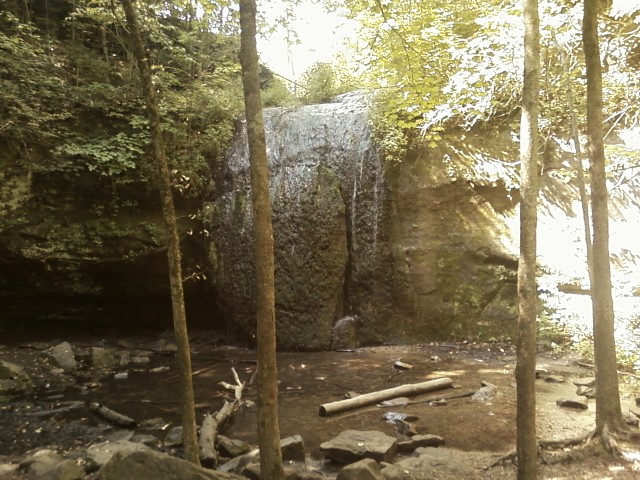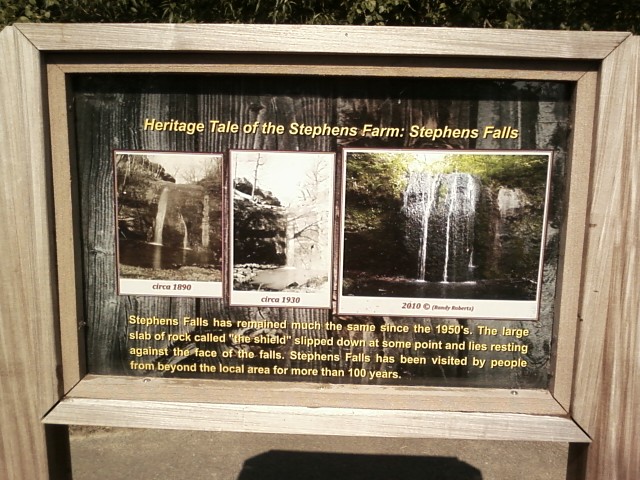Jim Bishop, FDR’s Last Year: April 1944-April 1945. Most books about Franklin Roosevelt are overly nostalgic and insufficiently detached, often to the point of outright fawning. Not so this 1974 best seller, which is rightly remembered as the first book to have made known to the general public the fact that Roosevelt was desperately ill when he ran for a fourth term–and that his doctors lied about it. While it’s written in a lively but over-obvious journalistic style and devoid (alas) of source notes, Bishop interviewed as many of FDR’s surviving friends, family members, and colleagues as possible, and the results remain grippingly readable (TT).
Archives for August 27, 2013
CD
Charles Mingus, The Quintessence: New York-Los Angeles 1947-1960 (Frémeaux, two CDs). This anthology of early and middle-period recordings by the great jazz bassist-composer-troublemaker, released earlier this year in France, is now available in the U.S. Like most of the many releases in Fremeaux’ “Quintessence” series, it’s uncommonly well chosen and quite decently (if concisely) annotated. You couldn’t ask for a better introduction to Mingus’ work (TT).
CD
Hands on a Hardbody (Ghostlight). The original-cast album of the poignant musical version of S.R. Bindler’s 1998 documentary about a low-rent Texas endurance contest, adapted for the stage with uncanny cultural sensitivity by Trey Anastasio, Amanda Green, and Doug Wright. The show’s New York run ended far too soon, but this CD will allow you to hear one of the best pop scores to hit Broadway in recent memory. For the record, I wrote the liner notes, which are adapted from my heartfelt Wall Street Journal review of the show (TT).
TT: Happy birthday, Lester Young
Lester Young plays “Pennies from Heaven” in 1950, accompanied by Bill Harris, Hank Jones, Ray Brown, and Buddy Rich:
TT: Chances are
I’m spending the week in Spring Green, the Wisconsin village that is home to American Players Theatre and Frank Lloyd Wright’s Taliesin. I came here to see six shows at APT, but regular readers of this blog may recall that I also have a special fondness for Spring Green itself. Hence I devoted part of yesterday to exploring the town and its environs, accompanied by my good friend Keiran Murphy, a Wright scholar who works at Taliesin and loves it here even more (if possible) than I do.
 Keiran and I spent the afternoon at Governor Dodge State Park, a nearby retreat wherein can be found Stephens’ Falls, a tiny but nonetheless exquisite waterfall tucked far back in the woods. It happens that Mrs. T and I paid a visit to Niagara Falls earlier this month, she for the first time and I for the second. It was, needless to say, far more spectacular than Stephens’ Falls, but not a bit prettier.
Keiran and I spent the afternoon at Governor Dodge State Park, a nearby retreat wherein can be found Stephens’ Falls, a tiny but nonetheless exquisite waterfall tucked far back in the woods. It happens that Mrs. T and I paid a visit to Niagara Falls earlier this month, she for the first time and I for the second. It was, needless to say, far more spectacular than Stephens’ Falls, but not a bit prettier.
As Keiran and I gazed at the falling water and marveled at its quiet, unpretentious beauty, I asked her, “So who do you suppose this Stephens guy was?” To our amazement, answer came there from a stranger perched on a nearby rock who informed us with a grin that his own name was Stephens, that he lived in Iowa but had grown up on one of the farms that was turned years later into Governor Dodge State Park, and that he made a pilgrimage each year to Stephens’ Falls. “Did you see the signboards at the trailhead?” he asked. “The whole history of the place is right there.”
 After we trudged back up to the world, we found the signboards and spent a few minutes reading about the Stephens family and marveling at the transmogrifying power of coincidence–if that’s what it was. “God doesn’t play dice with the world,” Albert Einstein told a friend in 1943. Well, maybe He does and maybe He doesn’t. In middle age I find myself increasingly inclined to the former position, more or less (As flies to wanton boys are we to th’ gods./They kill us for their sport). Once in a while, though, the odd thing happens that makes me wonder anew whether life might possibly be more than pandemonium. I felt that way when I met Mrs. T, and I felt it again at Stephens’ Falls.
After we trudged back up to the world, we found the signboards and spent a few minutes reading about the Stephens family and marveling at the transmogrifying power of coincidence–if that’s what it was. “God doesn’t play dice with the world,” Albert Einstein told a friend in 1943. Well, maybe He does and maybe He doesn’t. In middle age I find myself increasingly inclined to the former position, more or less (As flies to wanton boys are we to th’ gods./They kill us for their sport). Once in a while, though, the odd thing happens that makes me wonder anew whether life might possibly be more than pandemonium. I felt that way when I met Mrs. T, and I felt it again at Stephens’ Falls.
On the drive back to Spring Green, I thought of a visit that I paid six years ago to Mingo Falls, another out-of-the-way waterfall located not far from the Smoky Mountains of Tennessee:
In the presence of such natural beauties, most men are reduced to clichés, and the one that flashed through my mind as I gazed at Mingo Falls was no less true for being obvious: I may never pass this way again. I don’t know when I’ll return to the Smokies, if ever, and should I be lucky enough to do so, it may be that the climb to the falls will have become more than my aging body can safely manage. So it was with great reluctance that I finally started back down the trail, knowing that I’d seen something I’d never forget and grateful that I’d taken the time and trouble to see it.
I haven’t been back to Mingo Falls, but I now think it somewhat more likely that I’ll return there than I did in 2007, when I was still getting used to the fact that I’d come close to dying a year and a half earlier. Since then I’ve had time to digest the belated recognition of my own mortality, and to marvel repeatedly at the fact that I’m still here.
That said, it’s also true that I don’t have any particular professional reason to go back to the Smokies, whereas Spring Green has long been close to the top of my short list of annual reviewing stops. For that reason alone, there’s a much higher likelihood that I’ll see Stephens’ Falls again, perhaps as soon as a year from now.
And if I don’t? Then I don’t. As George Balanchine used to tell his dancers, “Why are you stingy with yourselves? Why are you holding back? What are you saving for–for another time? There are no other times. There is only now. Right now.” Yesterday, now was enough.
TT: Lookback
From 2004, a visit to a Manhattan nightclub:
After the set was over, I climbed the stairs to the street and walked a few blocks before hailing a cab, accompanied by two musician friends in no more of a hurry to get home than I was. We headed up Fifth Avenue, refreshed by the unexpectedly cool night air, and gazed with delight at the Empire State Building, whose upper stories were brilliantly lit in green and white in honor of the independence of Pakistan, those being the colors of the Pakistani flag. As we strolled past the shuttered storefronts, looking for all the world like the three happy sailors of On the Town, I remembered a conversation I’d had earlier in the day with another friend. We’d seen a Fringe matinee, then taken high tea at Tea and Sympathy done some window shopping in Greenwich Village.
“This is absolutely the only place to live,” I told her. “Nowhere else.”
“Oh, I guess it’s all right to visit other places,” she replied. “And you could live somewhere else for six months, if you had to. Or maybe even a year.”
“But only if you don’t give up your lease,” I said firmly….
Read the whole thing here.
TT: Almanac
“It’s difficult to accept what your psyche or history dooms you to write, what Faulkner would call your postage stamp of reality. Young writers often mistakenly choose a certain vein or style based on who they want to be, unconsciously trying to blot out who they actually are. You want to escape yourself.”
Mary Karr, interview, The Paris Review (Winter 2009)
